NBIM to Leverage AI, Revamp Real Estate in New Strategy
 Nadia Tuck of European Pensions reports NBIM 'all-in on AI' as it publishes new strategy:
Nadia Tuck of European Pensions reports NBIM 'all-in on AI' as it publishes new strategy:Norges Bank Investment Management (NBIM) has said it is “all-in on artificial intelligence (AI)” in its updated strategy for 2026-2028.
NBIM, which is responsible for the management of the Government Pension Fund Global (GPFG), outlines five key areas in its Strategy 2028 – performance, technology, operational robustness, people and communications.
Within its technology section, the investment manager said it will be “at the forefront of applying responsible AI in asset management”.
“Our target is to cut manual processes in half so our people can focus on what matters most – generating returns,” it stated.
As part of this, it plans to create digital colleagues for routine tasks while developing AI solutions that execute complex analytical tasks and provide insights to enhance decision-making.
“We will continue automation of our real asset investment processes and use AI tools to reduce manual burdens, speed up operations, and reduce the risk of potential errors. We will work with our real asset partners to modernise industry processes.
“Data is one of our core assets and we will make our data platform more user- and AI-friendly,” it said.
However, it stressed that it recognises that “success depends on teamwork not technology alone”.
“Technology will augment our judgment, not replace it,” NBIM stated.
The new strategy builds on the revised plan for 2023-2025 and uses the fund’s attributes, such as its long-term investment horizon, scale, people, technology and data, as its starting point.
NBIM CEO, Nicolai Tangen, said the strategy sets out “how we will work to become the best and most respected large investment fund in the world”.
Regarding investment, the fund’s goal is to maximise returns after costs.
Its strategy lists its three main investment strategies: market exposure, security selection, and fund allocation, which it pursues across equities, fixed income, and real asset management.
NBIM said it will be honest about “what works and what does not”.
“We will implement systematic debriefs to learn from our successes and failures. We will build a culture where people feel safe to go against the crowd and create mechanisms to challenge consensus thinking.
“Good investment decisions depend on good information. By further integrating risk and performance data into our investment processes, we aim to make better decisions,” it stated.
It will continue developing its Investment Simulator to enhance investment decisions and provide feedback to portfolio managers.
“This tool will make portfolio managers increasingly aware of their behavioural strengths and weaknesses so they better incorporate these in their decision-making,” it stated.
Evilyn Lou of PERE also reports NBIM reveals three-pat plan to overhaul real estate strategy:
Norges Bank Investment Management – which manages the assets of the world’s largest sovereign wealth fund, Norway’s Government Pension Fund Global – is implementing a three-pronged approach to revamp its real estate strategy in a bid to improve returns generated by the asset class.
“Real estate has changed a lot in certainly the last five years in pretty foundational ways,” said global head of real estate Alex Knapp, speaking with PERE at the fund’s London office last week. “And so I think it was time to do a material update to the real estate strategy for the fund.”
Although the update is part of a broader 2026-2028 strategy shift for the overall fund, the real estate business will likely see more changes than other parts of the organization “just given the nature of the market,” noted Knapp, who joined NBIM from Houston-based manager Hines in June.
The first major component is integrating NBIM’s separate teams for listed and unlisted real estate, which together account for roughly equal proportions of the fund’s $75 billion of equity in the asset class.
The second change is broadening the fund’s private real estate strategy. Previously, NBIM’s unlisted real estate investments were geographically restricted to eight cities – London, Paris, Berlin, New York, Boston, Washington DC, San Francisco and Tokyo – along with a globally focused logistics strategy.
The geographic focus will now expand from the eight cities to the larger regions of Western Europe and North America. Meanwhile, the fund is “studying” future investments in the Asia-Pacific region. “That’s a whole separate project,” Knapp said.
While a “good location” will vary by sector, “we’re trying to still pick strong locations and believe that’s a key driver of value, but just in a much broader way, so a much broader geographic remit, and with that, a broader set of tools to invest, especially on the private side,” he said.
Whereas NBIM’s real estate investment staff previously was grouped by cities, the team will now be organized by the four main food groups of office, logistics, retail and living, as well as a “fifth plank” for niche sectors. The 43-person team, which is now concentrated in NBIM’s London and New York offices, will not be changing materially in size, Knapp added.
Additionally, NBIM will no longer be restricted from investing in private market residential, with the investor having already built large positions in the sector on the public side.
Although private residential “was historically redlined” because of reputational concerns, “we’ll be very careful who we partner with and the types of deals we get involved in, because it’s clearly a concern from some stakeholders,” Knapp said.
“But obviously it’s also worth noting that we already have lots of residential investment and that our peer set of comparable pension and sovereign funds have large residential investments as well.”
The third component is taking a more strategic view of real estate. “The fund has almost doubled in size in the last five years,” Knapp remarked. “We need to work at a higher altitude and look more at big-picture trends that are going to impact real estate over the next five to 10 years, rather than micromanaging individual buildings.”
That will call for more of an indirect approach, whereby NBIM will make platform and fund investments for the first time.
Picking both the right strategy and the right partners will be paramount, with partners needing to fill three key criteria: an operational skill set, strong alignment with NBIM and the ability to operate at a certain scale.
“We’ll be evaluating all of our partners on the same basis,” Knapp said. “We have some great existing partners. We expect to have some new relationships as well, but we’re not looking to radically expand our partner base,” given the small size of NBIM’s real estate team.
“I think what we’ve advocated is a more flexible strategy to reflect a rapidly changing world with a certain amount of volatility in it,” he said. “The starting point is, let’s enhance the pool of potential opportunities we can consider and then focus our teams on better stock selection within that broader opportunity set.”
Return enhancerNBIM’s planned overhaul of its real estate strategy comes a month after Norges Bank submitted a letter to the Ministry of Finance underscoring how the bank’s investment focuses in the asset class – traditional sectors, a limited number of countries and cities, as well as direct investments – resulted in a portfolio negatively impacted by major changes in the market, including structural shifts in office and retail demand and traditional sectors requiring more operational management.
“This has contributed to the real estate portfolio delivering weaker returns than the equities and fixed income we have sold to finance the investments,” Norges Bank governor Ida Wolden Bache and NBIM deputy chief executive Trond Grande wrote in the letter. “Norges Bank is not satisfied with the results in real estate management, and is now making changes to the strategy for real estate.”
Over the past five years, equity management’s contribution to the fund’s relative return has been 0.31 percentage points, while fixed income management’s contribution has been 0.18 percentage points, according to the letter. In contrast, real estate management has contributed -0.13 percentage points over the same period.
“Generally, you could say that we’re transitioning from being a core investor that holds assets forever into being more of a core-plus investor, so to have a slightly shorter horizon on our investments and definitely a greater focus on whether the current portfolio will deliver return for us over the next phase or not,” explained Knapp, who had spent the last 16 years at Hines, most recently as its chief investment officer for Europe.
The investor is looking to generate excess return over the benchmark index of equities and fixed income plus a hurdle, with the goal of beating the hurdle over the medium term. “We’re trying to be a return enhancer versus the index that we’re selling to do the real estate,” he explained.
At $75 billion in assets today, NBIM’s real estate portfolio is at the low end of its 3-7 percent target range, Knapp noted. However, “we’re not pushed in any way to invest. We’re really pushed to generate return. That’s the number one focus.”
The investor therefore will look to be “more thoughtful about the return prospects” for its real estate holdings. “We’re now looking at everything, saying, ‘Well, would we buy it at today’s pricing?’ If the answer is no, we’re going to sell it,” he said.
“So there will be more cycling for sure, and what’s key to successfully exiting assets is to have realistic pricing. I think our performance will be driven by a combination of smart new investments and smart divestments as well. We’re not going to hold a building just because it’s a beautiful building in a great location. We’re going to hold it because it’s got return potential.”
Overall, Knapp expects NBIM to be a net buyer rather than seller. “What we observe is that the market has a lot of investors with capital tied up. There are probably more net sellers than net buyers in the market right now,” he said.
“We’re definitely seeing a number of parties that are looking to rebalance their own portfolio – maybe they’re downsizing a bit, maybe they’ve reached the end of a business plan. So there’s a fair amount of dealflow, for sure.”
That's a fantastic interview with Alex Knapp, former CIO of Hines in Europe. He definitely knows what he's talking about in real estate and he and his team will focus on return enhancement and acquiring great assets in a new expanded real estate portfolio.
As far as NBIM's strategy plan for 2028, CEO Nicolai Tangen didn't mince his words:
The new strategy builds on the revised plan for 2023-2025 and takes the fund’s unique attributes as its starting point: our long-term investment horizon, our scale, our people and culture, and our technology and data.
Everything we do at the fund – from how we invest to how we develop our people – is designed to support our core mandate of maximising long-term return after costs, within an acceptable level of risk.
"The strategy sets out how we will work to become the best and most respected large investment fund in the world. We look forward to putting it into action over the next three years,” says CEO Nicolai Tangen.
The strategy has five key areas: Performance, Technology, Operational robustness, People and Communications.
I would invite my readers to take the time to read Strategy 28 here.
NBIM manages Norway's Government Pension Fund Global, the largest sovereign wealth fund in the world.
The Fund consistently ranks at the top position among global pension funds and truly sets the bar in terms of transparency (Canadian pension funds also rank high).
In Real Estate which is a major focus of Strategy 28, I note the following:
We will take allocation positions to manage the fund's total risk profile. With delegated investment mandates, the fund’s total risk profile may require adjustment - even when individual portfolios are well-positioned.
We do not expect any material changes in our average risk utilisation, but our active risk-taking will vary as market conditions change. We will occasionally take allocation positions when abnormally large market dislocations create attractive opportunities. Such dislocations can occur when other investors are forced to act due to behavioural factors, regulatory requirements, or funding problems – exactly when our patient capital becomes most valuable.
The management mandate allows us to invest up to 7 percent of the fund in unlisted real estate and up to 2 percent in renewable energy infrastructure. In this strategy period, we raise the ambition level for our real asset investment strategies. We invest in real assets as part of our active management. The purpose of active management is to exploit the fund’s defining characteristics to achieve excess returns over time. We invest in real assets to maximise fund returns after costs. We believe that achieving this goal also improves the long-term trade-off between return and risk in the fund, and that the fund’s characteristics position us to achieve our goal.
As one of the world’s largest investors, we can access unlisted investment opportunities unavailable to smaller investors and negotiate favourable terms when investing indirectly. Our scale and reputation provide access to premier partners. Our long investment horizon and limited short-term liquidity needs mean that we can be patient through market cycles.
Real estateReal estate is a large part of the overall investable market and an opportunity for us to enhance the fund’s returns. During this strategy period, we will shift from geographic concentration to sector diversification. We will to a larger extent delegate the operational management of the real estate portfolio and gradually invest more through indirect structures. We continue to view listed and unlisted real estate as complementary ways of achieving exposure to the real estate market, and our long investment horizon makes us well-suited to handle higher short-term volatility from the listed real estate portfolio.
- We will evolve from a combined strategy to a fully integrated strategy. For any desired real estate exposure, we will systematically evaluate whether listed or unlisted real estate provides the most attractive risk-adjusted return.
- In unlisted markets, we will continue to invest in large, traditional sectors such as office and logistics, but will gradually invest more in newer and higher growth sectors.
- We will invest more through indirect structures to get access to specialised strategies and operational capacity. However, most of the unlisted portfolio will continue to be directly invested with partners by the end of the strategy period.
Anyway there is a lot more so please take the time to read Strategy 28 here.
Below, NBIM CEO Nicolai Tangen sits down with David Rubenstein, founder and chairman of the Carlyle Group and host of the David Rubenstein Show. They explore what makes truly great investors, why going against conventional wisdom matters, and the critical importance of humility in business and leadership. Great interview, take the time to watch it.

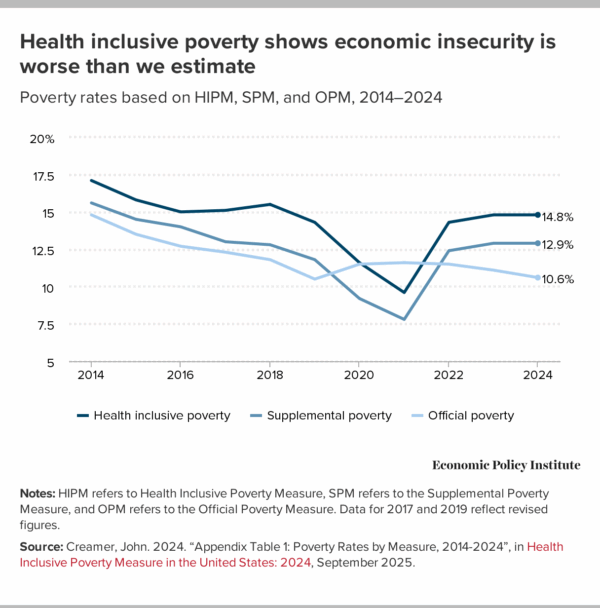
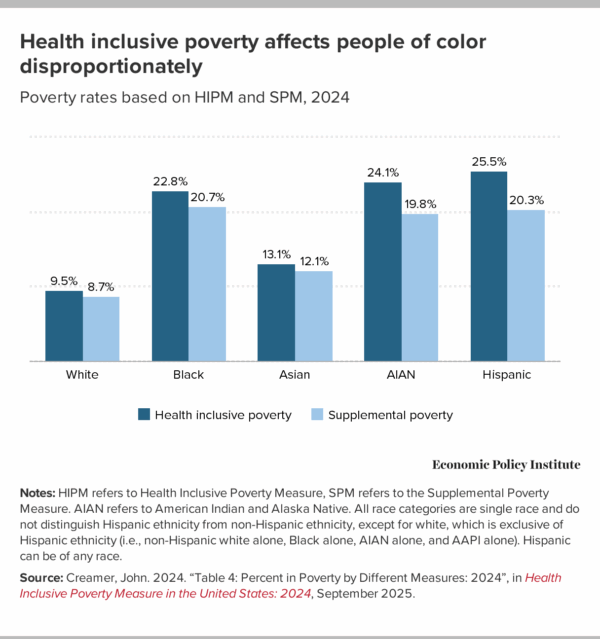
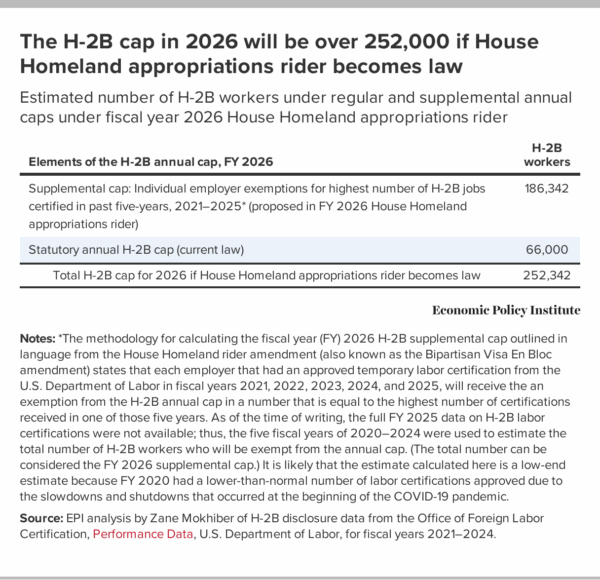 Total number of H-2B workers would reach 282,000 in 2026 if the rider becomes law
Total number of H-2B workers would reach 282,000 in 2026 if the rider becomes law
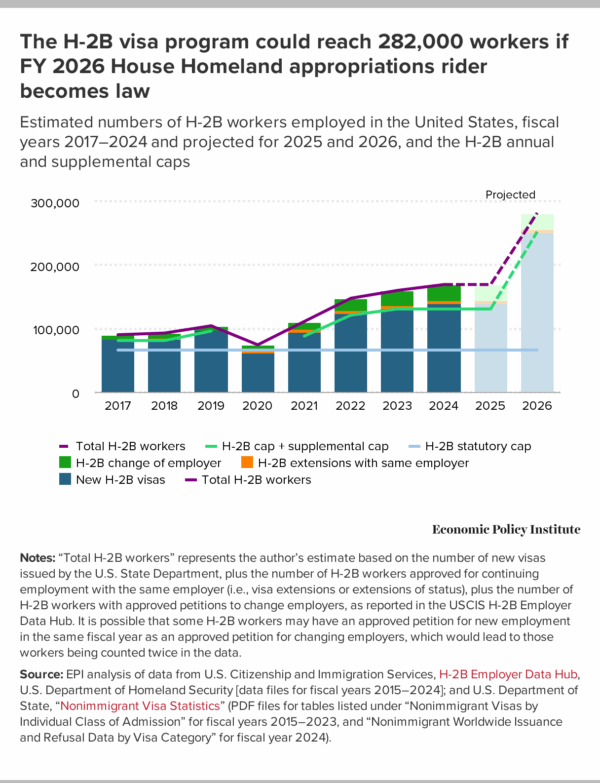 The rider would move 12,000 H-2B jobs to the P visa, which is not administered by the Department of Labor
The rider would move 12,000 H-2B jobs to the P visa, which is not administered by the Department of Labor
















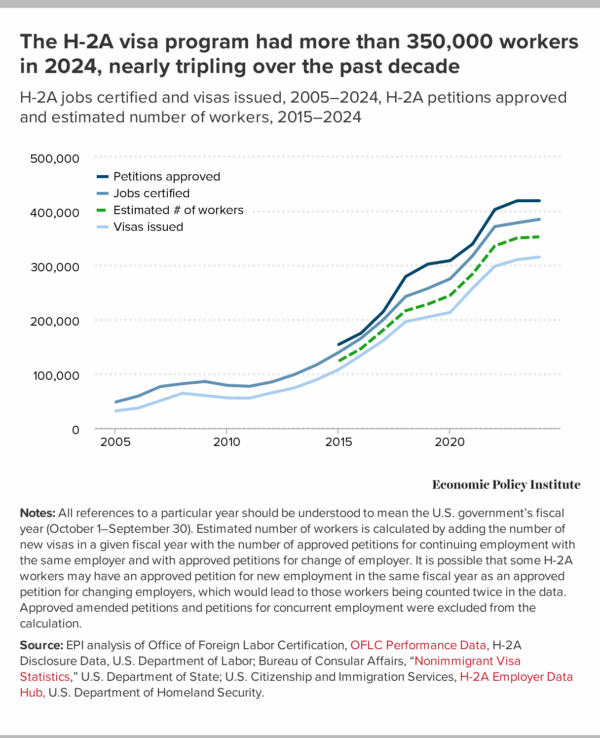
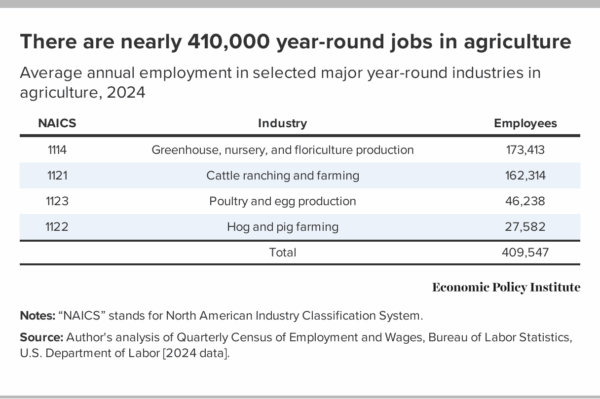 DOL’s new Adverse Effect Wage Rate will result in a pay cut for H-2A workers and U.S. workers that will line the pockets of employers by billions
DOL’s new Adverse Effect Wage Rate will result in a pay cut for H-2A workers and U.S. workers that will line the pockets of employers by billions
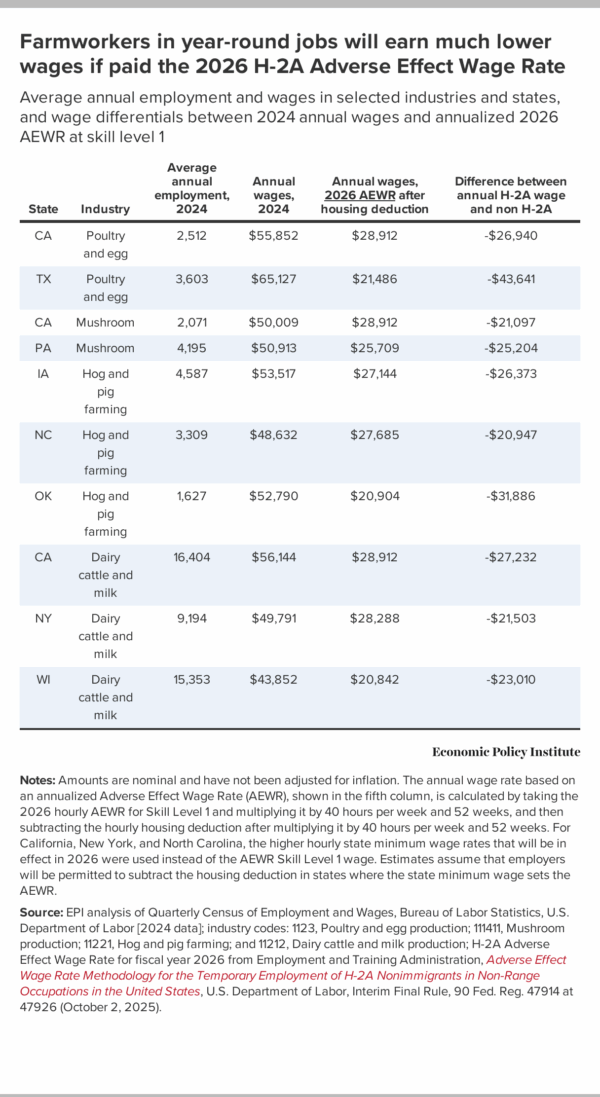 The year-round H-2A rider with the new AEWR rule could triple the current size of the H-2A program and cause wages to drop sharply for farmworkers
The year-round H-2A rider with the new AEWR rule could triple the current size of the H-2A program and cause wages to drop sharply for farmworkers
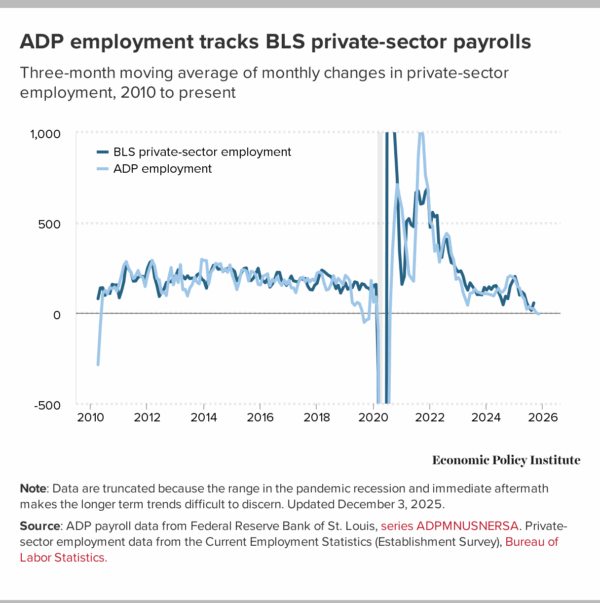
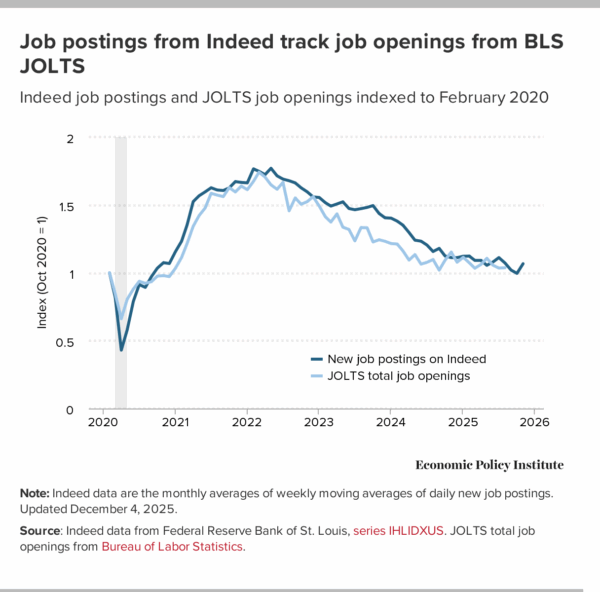
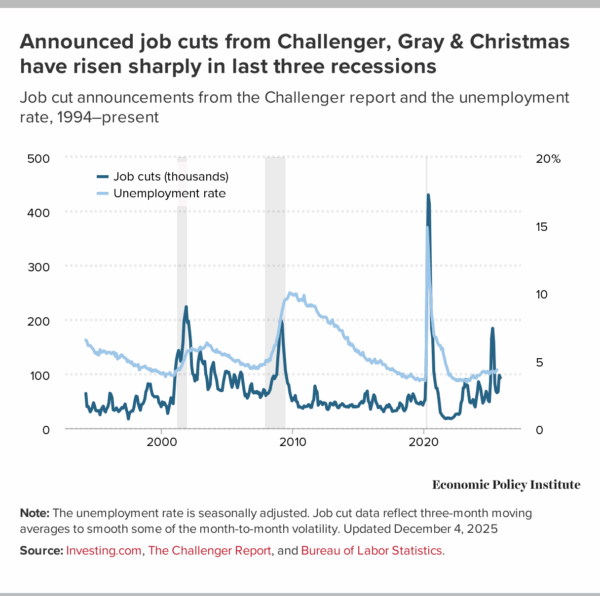 Once the official FSA data are released and hopefully return to a normal schedule, our
Once the official FSA data are released and hopefully return to a normal schedule, our
Recent comments